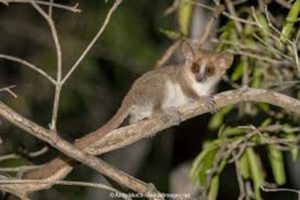In this article, we will explore everything that you need to know about insectivorous plants. We will be going over the A-Z of these sorts of plants. The plant family consists of millions of species but here, we will only be focusing on the insectivorous plants or the carnivorous plants. It is funny to think that these plants are non-vegetarians and are meat lovers! Get ready to delve deep into the subject of insectivorous plants. Forget all that you thought you know from before and use this as your perfect guide to understanding everything you need to know about these plants.
- What Are Insectivorous Plants??
- Names of Some Insectivorous Plants
- Some Insectivorous Plants..
- Facts and Tips
- Frequently Asked Questions
What Are Insectivorous Plants??
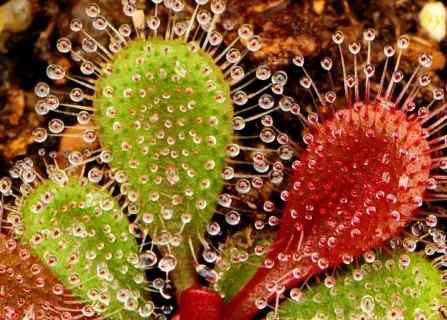
Insectivorous plants are also called carnivorous plants. This name has been given to them for a specific reason. Green plants generally perform the process of photosynthesis. During photosynthesis, green plants absorb the solar energy from the rays of the sun and with the help of a pigment already contained within them, make their food. This pigment is called chlorophyll which is responsible for the green colour in plants. The reaction between the chlorophyll, the solar energy as well as the carbon dioxide absorbed from the atmosphere produces chemical energy within the plant. This is further processed into the nutrition for the plant which is transported throughout its body using the vascular tissues called xylem and phloem.
However, this is not the case for insectivorous plants. That is evident in the name of the plant itself. The plant is said to be a hunter as it uses various natural mechanisms at its disposal to capture its prey. In the case of these carnivorous plants, the prey is more often than not, insects. The insectivorous plant itself sets certain traps to entice the insect and then gobbles it up in a way that any animal who hunts would.
In the same way that green plants can make their nourishment using chlorophyll, solar energy and carbon dioxide, the insectivorous plant has some abilities too. The insectivorous plant has been created in such a way that it not only traps and eats the insect that it is preying on but it can also very simply digest it. Insectivorous plants are truly one of the most interesting species of plants that there are. Further, we will familiarize ourselves with the names of some of these plants and talk specifically about some of them.
Also Read: Climate Change: How to Explain Climate Change to a Child?
Names of Some Insectivorous Plants
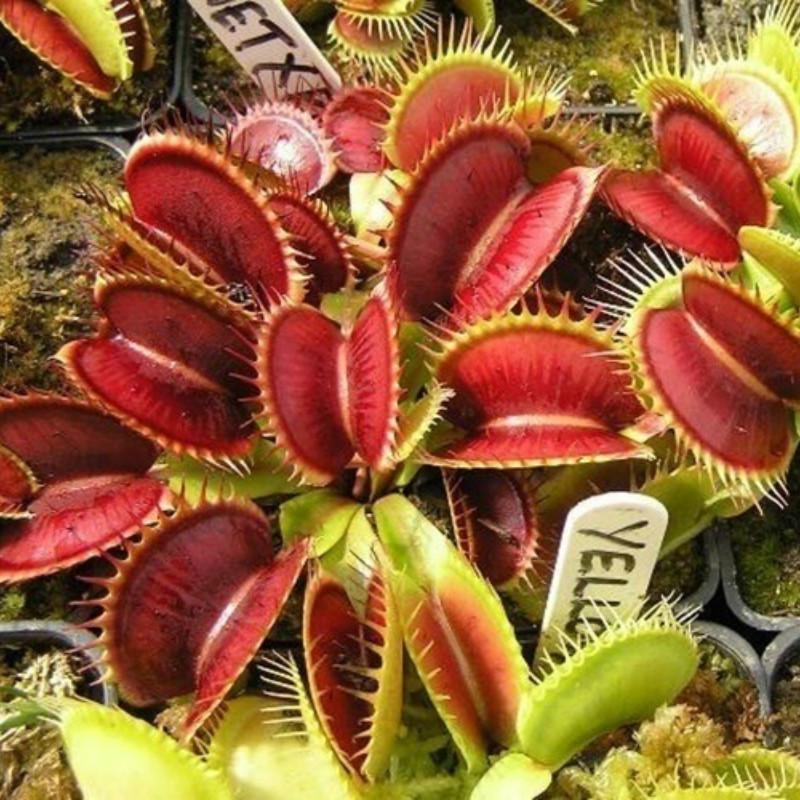
Here are the names of some insectivorous plants that everyone should be familiar with:
- The Monkey Cups (Nepenthes)
- The Sundews (Drosera)
- The Venus Flytrap (Dionaea muscipula)
- The Albany Pitcher Plant (Cephalotus follicularis)
- The Cobra Lily (Darlingtonia californica)
- Drosophyllum
- Triphyophyllum peltatum
- The Bladderwort (Utricularia)
- Genlisea
- The Pitcher Plants (Sarracenia family)
- Heliamphora
- The Butterworts (Pinguicula)
- The Rainbow Plants (Byblis)
Also, Read Bonafide Certificate Format, Uses and Different Types
Some Insectivorous Plants..
Now that we know what carnivorous or insectivorous plants are, we must have a few more facts as well as details about some of the plants that have been mentioned above. In this section, we will go into a deeper study of some of the insectivorous plants that have been mentioned in the previous section. Get ready to find out all the juicy details of the fascinating plants and increase your knowledge of insectivorous plants.
Venus Flytraps (Dionaea Muscipula)
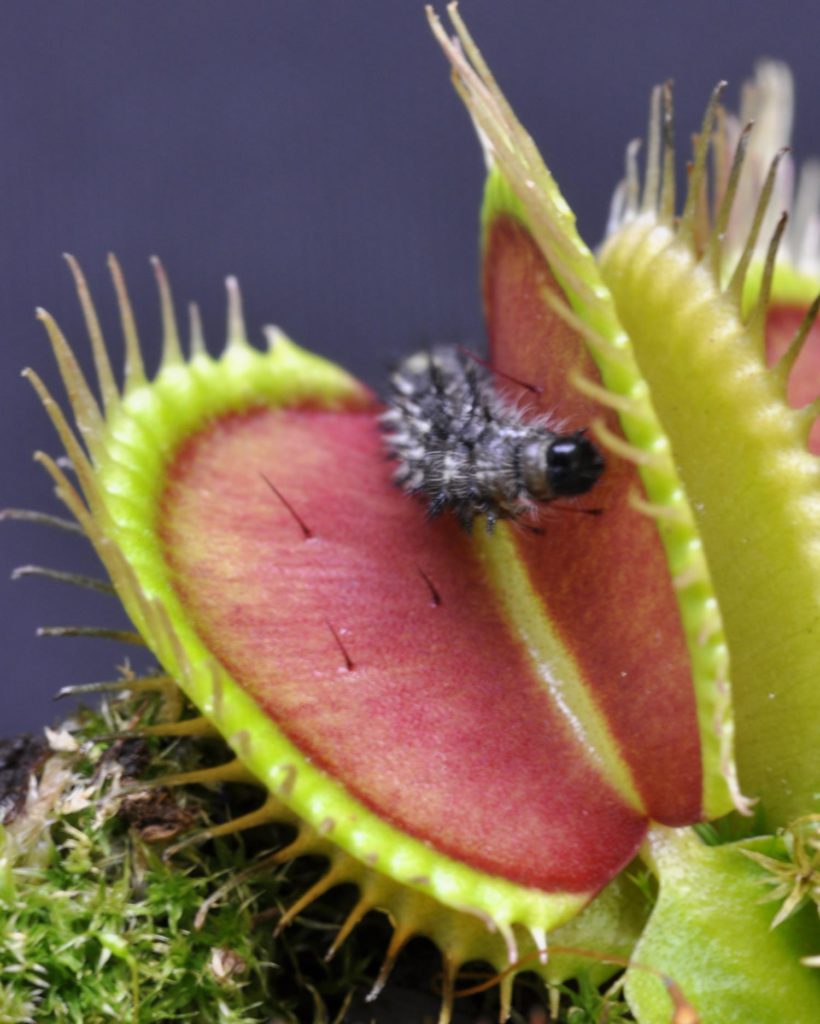
The Venus flytrap is perhaps the commonest carnivorous plant that people know about. It is popular because of the way that it looks and for the way that it attacks its prey. The Venus Flytraps are native to the Eastern side of the United States of America. The leaves of the Venus Flytrap can open up as well as shut just in the same way that a human mouth does. There are hair-like structures on the top of these very sensitive leaves. When the Venus Flytrap does not require any nutrition or has sufficient nutrition in its system, it does not attack any insects.
One can understand when the Venus Flytrap is preying on insects by judging how open the leaves of the plant are. If the leaves of the Venus Flytrap are partly open then it means that the plant is looking for an insect to prey on. Furthermore, as was previously mentioned that the hair-like structures on the top of the leaves of the plant are sensitive. Whenever an insect comes and sits on the leaves of the plant, the hairs act as communication devices that alert the plant of the presence of the prey. The Venus Flytrap captures this insect very quickly and the prey is not able to escape from the strong jaws of this carnivorous plant. Then, the Venus Flytrap begins to digest these insects.
Interesting Facts About Venus Flytraps
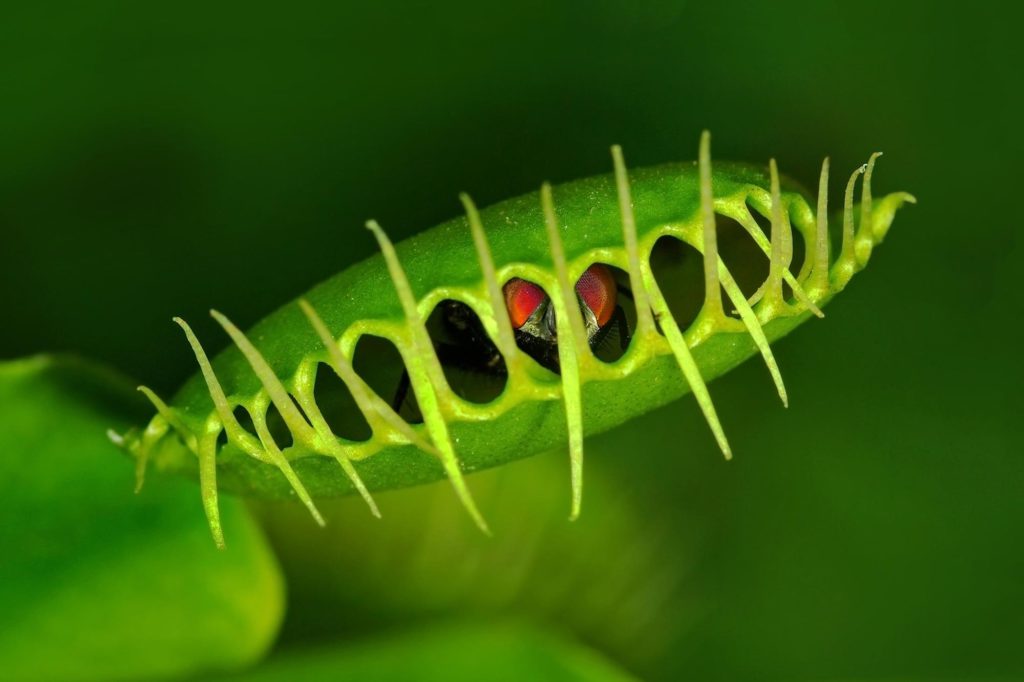
An interesting fact about the Venus Flytrap is that it has evolved in a way that it can consume more than just insects. This means that if a small mouse or rodent happens to pass by it, it will be able to capture it in the same way that it captures an insect. Even if it is not able to consume the entire animal, it surely can consume some part of it. Many people have asked if Venus Flytraps can eat up humans!
This is a strange question but does not worry as we have the answer. No, there is no reason for you to be afraid of the Venus Flytrap. Do not fret; it is not going to eat you up! Human beings are too large for the Venus Flytrap to consume. Touching the plant might still make it sensitive and aware of the presence of another creature. However, it cannot eat up an entire human being.
The Monkey Cups (Nepenthes)
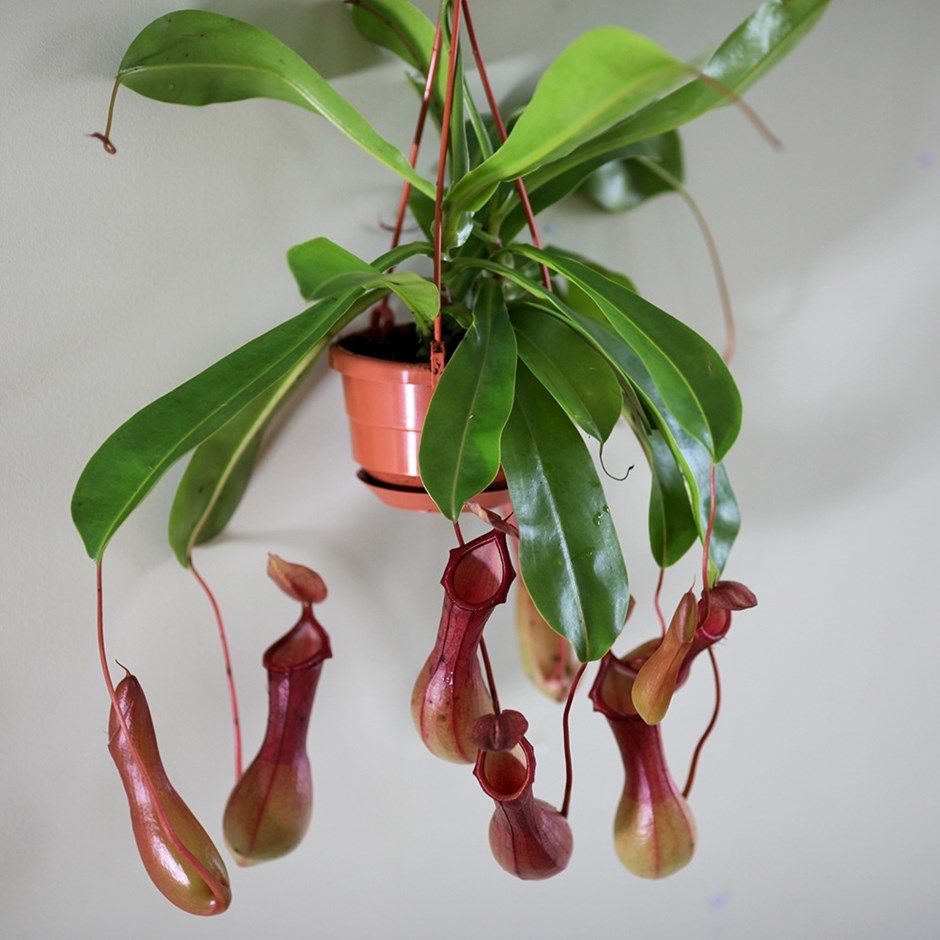
This is also a very well known carnivorous or insectivorous plant and hunts for its prey just like the Venus Flytrap does. This plant is abundantly available all around the world. It generally grows in tropical areas. Some of the places that this plant is found are Australia, Madagascar, Papua New Guinea, Seychelles, Southeast Asia and Sri Lanka. These plants, once fully grown up, develop a pitcher like structure on their leaves. These pitchers are necessary for the process of hunting their prey. Along with that, the inner walls of this pitcher are covered in a waxy substance and the pitcher itself contains a certain amount of water. A very interesting fact about these insectivorous plants is that they use odour to lure their prey and eat them up.
Yes! This is very true. The Monkey Cups give out the sale of nectar to attract insects. This smell comes from inside the pitcher that is attached to the plant. Once the insect gets this smell, it gets tricked and starts looking for the source of the smell. Upon finding the source of the smell to be the pitcher, the insect then enters it. The insect is not able to come back out because of the waxy surface of the walls of the pitcher. It then falls into the water.
Furthermore, one can say that this insectivorous plant has an alarm trigger system. The moment that the insect falls into the water at the bottom of the pitcher, there is movement, naturally. This movement or motion is detected by the plant. Once that happens, the plant releases its digestive enzymes and begins to consume the insect. This is the fascinating way in which the insectivorous plant, Monkey cups, hunts and captures its prey.
The Sundews (Drosera)
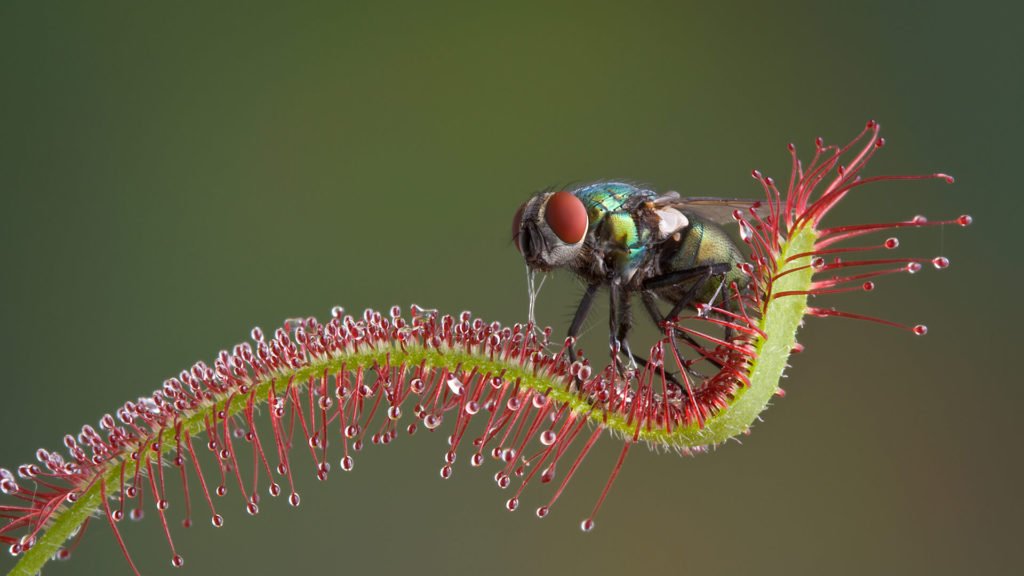
This is a carnivorous or insectivorous plant that has about a hundred and ninety-four species within its plant family. We all know that animals such as octopuses and squids have tentacles but even The Sundews have tentacles coming out of their leaves. This is the tool that they utilize to hunt for their prey. Here, too, just as in the Monkey cups, the element of odour is utilized. Firstly, these tentacles which come out of the leaves have a certain sort of a hair-like structure formation on them. In the case of the Venus Flytraps, these hair-like structures were very sensitive and the same can be said for the monkey cups.
Moreover, these hair-like structures also have a particular gland that sits on top of it. This resembles a drop of water or dew which also shines. Hence, this plant is called by the name The Sundews. It produces nectar for the sole purpose of attracting its prey. Once the prey smells the nectar, it tries to look for the source and comes to this insectivorous plant. Some glands also produce a sticky material that captures the insect in one position so that it cannot escape. Once this sticky material has arrested the insect, the tentacles wrap around the insect and in a way, suffocate it. The plant then produces the required digestive enzymes to easily digest the insect.
It is always interesting to learn how each of the insectivorous or carnivorous plants capture their prey. The particular reason for this is that each of these insectivorous plants has a unique way to get to their prey. None of these plants resembles each other in the ‘weapons’ that they use to hunt their prey. Therefore, each of them makes a very interesting study.
Also, Read Best of Mythological Fiction for Your Desk
Facts and Tips
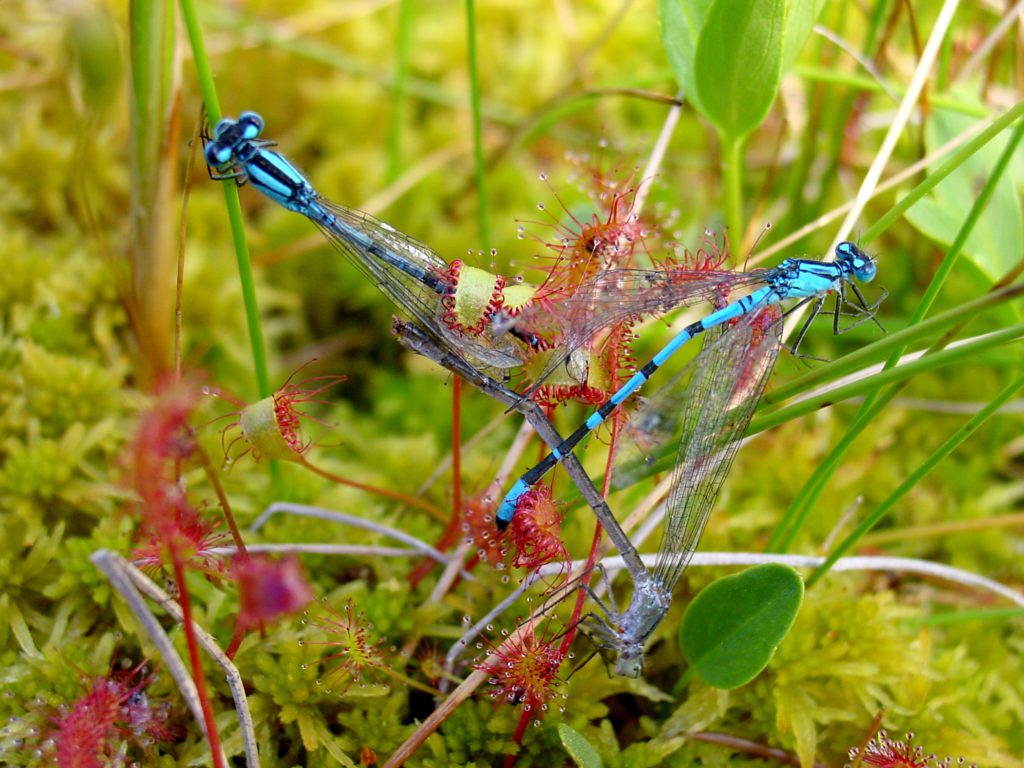
#1
When one is planting an insectivorous plant the first tip that can be given to them is to be careful. As these are carnivorous plants, they can do some amount of harm when touched. Of course, they cannot kill or consume an entire human being. One may, nonetheless, cut their finger when touching the sensitive hair on their Venus Flytraps. To protect oneself, one can also wear protective gear such as gloves so that no harm can be done to them.
#2
Do your research work diligently! As mentioned before, each of these plants is unique and their uniqueness comes from the different ways that they use to attack their prey. If one has decided to grow these plants on their terrace, their backyard or their garden it is at first, necessary to study up about them. Only in that manner will one be able to properly care for the particular plant that they are trying to grow. This is something that one can keep in mind for all the plants and not just insectivorous or carnivorous plants.
#3
One must also make sure that the environmental conditions are suitable for the plant to survive. It is a known fact that all plants cannot survive in all ecosystems and climates. Therefore, while researching it is also imperative to gain knowledge about the climate that is required for the particular insectivorous plant that one is trying to grow. If one does not live in a city, one can artificially create that environment. To consider a simple example, if a plant requires a rainy climate to grow properly, one can give it more water to substitute for the rain.
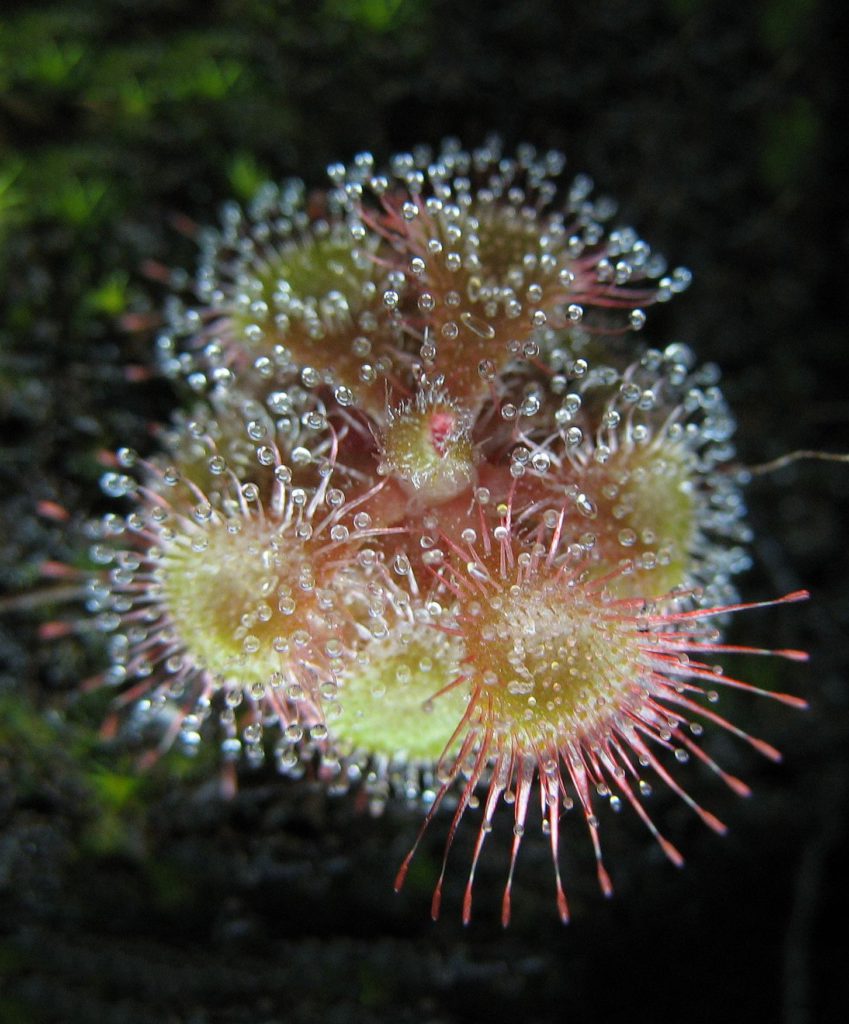
#4
As there is very little awareness about insectivorous or carnivorous plants our last tip is to talk and learn more about them. People seem to be apprehensive to have these plants and these plants do not seem to be very popular. However, there is no reason for this to happen. When one shares their experiences with an insectivorous plant or reads about it then one is spreading awareness. This, in turn, will make these plants more popular. More people will also want to grow these plants and decorate their gardens with them.
#5
Here is the perfect guide for everything that you need to know about insectivorous or carnivorous plants. We have gone over the names of several insectivorous plants and have even deeply explored how many of these plants attack their prey and consume it. Furthermore, we have understood the real meaning of what an insectivorous plant is and that it is the same as a carnivorous plant. Along with that, we hope that the tips and facts about insectivorous plants help you out. We hope that everyone plants these insectivorous plants so do not worry anymore. Get, set, plant!
Also, Read Interesting Facts About Dinosaurs
Frequently Asked Questions
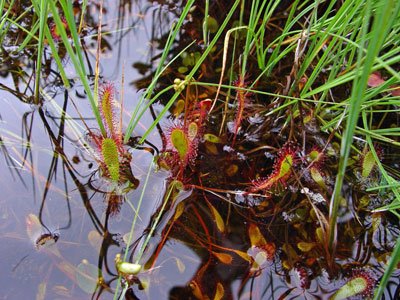
Name seven insectivorous plants.
A. The names of seven insectivorous plants are:
- The Monkey Cups (Nepenthes)
- The Sundews (Drosera)
- The Venus Flytrap (Dionaea muscipula)
- The Albany Pitcher Plant (Cephalotus follicularis)
- The Cobra Lily (Darlingtonia californica)
- Drosophyllum
- Triphyophyllum peltatum
What are insectivorous plants? Explain with example.
A. Insectivorous plants are also called carnivorous plants. The plant is said to be a hunter as it uses various natural mechanisms at its disposal to capture its prey. In the case of these carnivorous plants, the prey is more often than not, insects. The insectivorous plant itself sets certain traps to entice the insect and then gobbles it up in a way that any animal who hunts would. In the same way that green plants can make their nourishment using chlorophyll, solar energy and carbon dioxide, the insectivorous plant has some abilities too. The insectivorous plant has been created in such a way that it not only traps and eats the insect that it is preying on but it can also very simply digest it. Insectivorous plants are truly one of the most interesting species of plants that there are.
An Example of An Insectivorous Plant
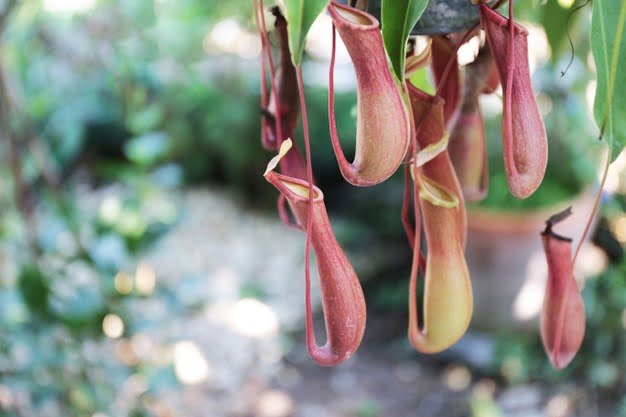
The Monkey Cups are an example of an insectivorous plant. These plants, once fully grown up, develop a pitcher like structure on their leaves. These pitchers are necessary for the process of hunting their prey. Along with that, the inner walls of this pitcher are covered in a waxy substance and the pitcher itself contains a certain amount of water. A very interesting fact about these insectivorous plants is that they use odour to lure their prey and eat them up. Yes! This is very true. The Monkey Cups give out the smell of nectar to attract insects. This smell comes from inside the pitcher that is attached to the plant.
Once the insect gets this smell, it gets tricked and starts looking for the source of the smell. Upon finding the source of the smell to be the pitcher, the insect then enters it. The insect is not able to come back out because of the waxy surface of the walls of the pitcher. It then falls into the water. Furthermore, one can say that this insectivorous plant has an alarm trigger system. The moment that the insect falls into the water at the bottom of the pitcher, there is movement, naturally. This movement or motion is detected by the plant. Once that happens, the plant releases its digestive enzymes and begins to consume the insect. This is the fascinating way in which the insectivorous plant, Monkey cups, hunts and captures its prey.
https://www.youtube.com/embed/Hzk1bM2vVFU?feature=oembedFacts about carnivorous plants
What is an example of an insectivorous plant?
A. Venus Flytrap is an example of an insectivorous plant.
Which one put of the following is an insectivorous plant?
- Hibiscus
- Rose
- Venus Flytrap
- Neem
A. Out of these options, Venus Flytrap is an insectivorous plant. The leaves of the Venus Flytrap can open up as well as shut just in the same way that a human mouth does. There are hair-like structures on the top of these very sensitive leaves. When the Venus Flytrap does not require any nutrition or has sufficient nutrition in its system, it does not attack any insects. One can understand when the Venus Flytrap is preying on insects by judging how open the leaves of the plant are.
If the leaves of the Venus Flytrap are partly open then it means that the plant is looking for an insect to prey on. Furthermore, as was previously mentioned that the hair-like structures on the top of the leaves of the plant are sensitive. Whenever an insect comes and sits on the leaves of the plant, the hairs act as communication devices that alert the plant of the presence of the prey. The Venus Flytrap captures this insect very quickly and the prey is not able to escape from the strong jaws of this carnivorous plant. Then, the Venus Flytrap begins to digest these insects. Hence, these plants are insectivorous.
Can I feed my Venus Flytrap?
A. Yes, one can feed their Venus Flytraps, however, it is important to know what to feed. One must do adequate research on this topic before attempting to feed their insectivorous plant. The best thing to feed a Venus Flytrap would be small insects such as flies. The difficult part here is that one will have to capture these flies on their own. But it is not an impossible task to do. On the other hand, these insectivorous plants already have built-in mechanisms which enable them to capture their prey. Therefore, even though it is possible to feed your Venus Flytrap, it is not required.
Can I give my insectivorous plan leafy vegetables to eat?
A. No, you cannot give your insectivorous plant leafy vegetables to eat as they are carnivorous plants. The plant is said to be a hunter as it uses various natural mechanisms at its disposal to capture its prey. In the case of these carnivorous plants, the prey is more often than not, insects. The insectivorous plant itself sets certain traps to entice the insect and then gobbles it up in a way that any animal who hunts would. In the same way that green plants can make their nourishment using chlorophyll, solar energy and carbon dioxide, the insectivorous plant has some abilities too. The insectivorous plant has been created in such a way that it not only traps and eats the insect that it is preying on but it can also very simply digest it.
Also, Read Teaching Science to Your Kids? Adopt a New Way
Share with your friends


